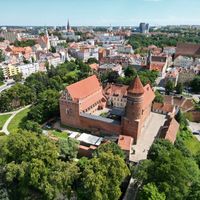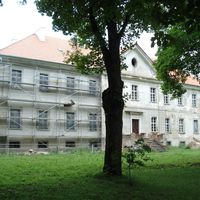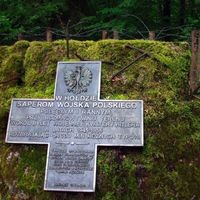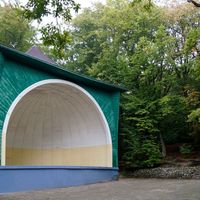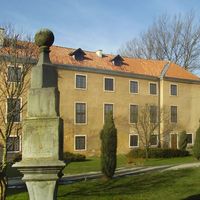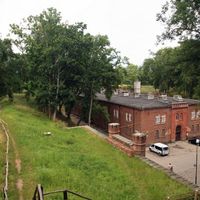Warmian-Masurian Voivodeship
8.39
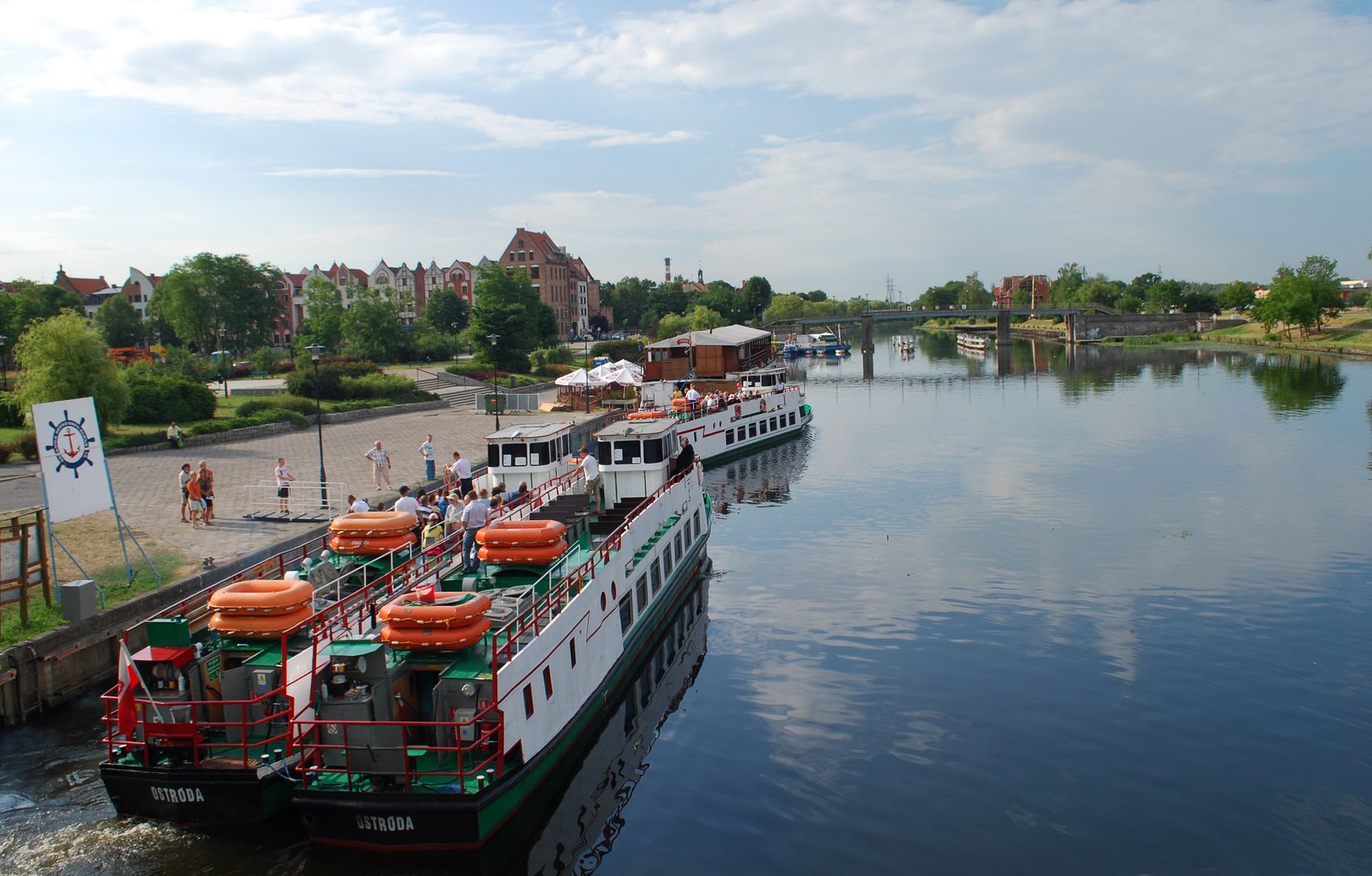
Overview
The Warmian-Masurian Voivodeship, located in northeastern Poland, was established in 1999 as a result of an administrative reform and encompasses the territories of the former Olsztyn, Elbląg, and Suwałki voivodeships. The seat of the voivodeship's authorities is Olsztyn. The region is a well-known holiday destination, often referred to as the "Land of a Thousand Lakes," with over 3,000 water bodies, including the largest lakes, Śniardwy and Mamry. The architecture of the voivodeship is rich in Teutonic castles, Gothic churches, and numerous structures reflecting the history of Prussia. Cities like Olsztyn and Elbląg offer historic old towns, as well as modern cultural venues such as theaters and museums. The region has a strong folk tradition, visible in its crafts, dances, and local festivals. Its rich history is marked by the presence of Prussia, with ethnic minorities such as the Masurians and Warmians. The region has gained popularity thanks to numerous attractions, like the Elbląg Canal, a unique hydrotechnical structure, and numerous landscape parks. Warmian-Masurian is also a place of nature conservation, with a large area of protected lands, including landscape parks and nature reserves. The charm of this region, with its picturesque landscapes, forests, and diverse ecosystems, attracts tourists seeking relaxation and nature enthusiasts. Additionally, culinary traditions based on local products offer unique regional flavors connected to fishing and agriculture. The ethnically diverse inhabitants create a vibrant society, influencing the local culture and multiculturalism. An interesting fact is that the tripoint border of Poland, Lithuania, and Russia is located within the voivodeship.
Location
Country
2025 Wizytor | All Rights Reserved

